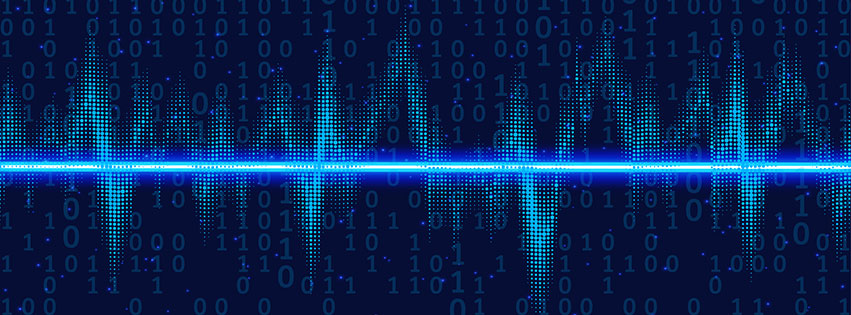What is Digital Audio and Why Should I Care?
What is digital audio?
Wow, that’s a question that you’ll find answered all over the internet. And you might actually be able to understand some of them. It is almost an irrelevant question in this day and age, because it is the rare person who can even FIND analog (the opposite of digital) recording gear anymore…at least stuff you can afford on a really tight budget. If you want to start recording right now, for a budget of $5.00 or less, then you’ll be recording on computer, which means you’ll be creating digital audio.
OK, so I kind of hinted that I’d explain what digital audio was so that regular people can understand it, so I hope this will do the trick. If the audio is in a computer, it’s digital.
See? Was that so hard? Now you’re asking what I meant earlier when I said that “analog” is the opposite of “digital.” OK, how’s this? If the audio is on something physical like tape or on a record (those are the black, round, flat things your parents used to listen to music on) it’s analog.
Now there are some trouble-makers out there…I see you in the back! You want to get all picky and point out that “lots of audio outside the computer is still digital,” and just because it’s on tape, the audio could be digital.” The trouble-makers aren’t wrong, folks.
But ignore that! Yeah, forget about the fact that audio on phones and iPods is digital also. The smart ones out there knew that those things are just little computers anyway, right? And it won’t affect many of you to know that some digital media can be recorded to tape. But guess why you don’t need to remember that? Because if it’s digital tape, IT WILL SAY SO. It is rare enough that it will have a label saying something like DAT (digital audio tape) or something similar with the word “digital” in it.
So now you know the difference, right? Digital audio is “computerized” audio, and analog audio is recorded in some physical way onto records (all those little grooves) or tape (all those little magnetic particles).
Why should you care if you are going to be recording audio on your computer anyway? It’s digital right? Well…yes and no.
Getting Audio Into A Computer
It WILL be digital once it’s in the computer. But when it’s just a voice coming out of your face, it’s still analog. The physical medium is the air molecules your voice is moving. In order to make it digital, there has to be a machine that converts analog audio to digital audio. Amazingly enough, these are called “analog-to-digital” (A-to-D) converters. The converters play a large role in how good the audio sounds. If you’re just using the ones on the garden-variety sound card, the audio probably won’t be “high-end.” Audio interface boxes (mainly USB these days) typically have much better A-to-D converters.
One good example (and not just because I use one :-)) is the Focusrite Scarlett 2i2 or Focusrite Solo.

So now you understand the difference between digital and analog audio. Go forth and use your knew knowledge well!

